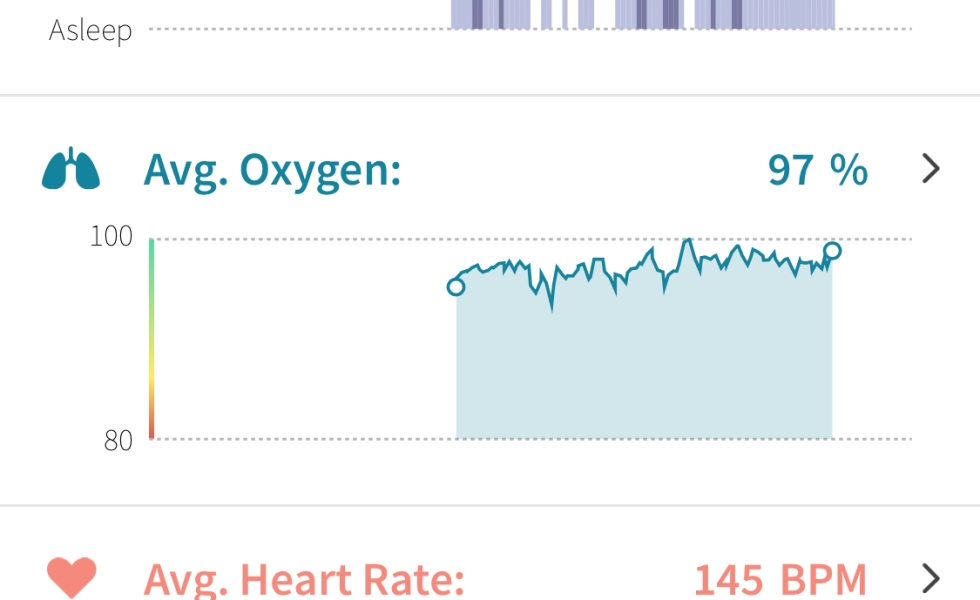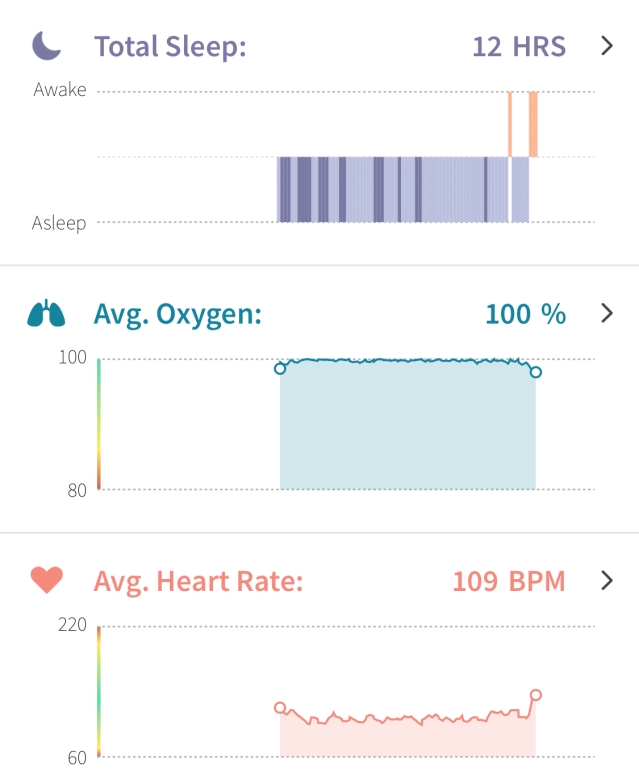A new public health surveillance tool?

When my wife and I found out that we were going to be parents, we kind of freaked out a little. It wasn’t that we were not ready. We were, mostly. It’s just that we were aware that a little person would soon be joining us, and we would be responsible for their life. We had to keep them alive, fed and watered, and somewhere along the way we had to teach said little person how to be a good person themselves.
As people who work in healthcare and public health, my wife and I are very much aware of every little thing that could go wrong with a child. From infectious diseases to Sudden Infant Death Syndrome, to accidents, there is a lot that could go wrong… A lot outside our control. So, in order to gain the upper hand on these uncontrollable things, we bought an Owlet baby monitor.
The Owlet is basically a pulse oximeter that we place on the baby’s foot. A base station back in our room tells us if her pulse slows down or if her blood oxygen drops. It’s kind of an early warning system in case she stops breathing in the middle of the night. It is not a replacement for a safe sleeping environment. Again, a safe sleeping environment is paramount. (It’s a lot like driving safely even though you have seat belts and airbags in your car.)
When Baby Ren caught RSV in mid-December, the Owlet revealed some interesting information about her condition. Better yet, it allowed us to be a little more comfortable knowing that she was oxygenating her blood well even with the congestion in her chest. A new app from Owlet, connected care, allows us to view historical data on Baby Ren’s measurements. Here is a screenshot of her measurements (sleep, oxygen and pulse) before she caught RSV:

Note that she slept very well through the night, a total of 12 hours with most of them uninterrupted. Her blood oxygen averaged 100%, and her heart rate averaged 109 beats per minute. In essence, she was the picture of health. (Thank God for those hours of sleep!)
Things changed once she became ill. These are her measurements at the height of her infection:

Note the changes in sleeping pattern, oxygen and pulse. She went from a continuous sleep to a fragmented one. Her blood oxygenation went up and down through the night, dropping when she was awake and rising once we propped her up, allowed her to cough, and humidified the air a little more. And look at her heart rate as she was coughing and having a hard time breathing.
Those were some scary times, man.
Now look at last night, three weeks removed from the infection:

Pretty much back to normal. I mean, look at that sleep through the night (about 8pm to about 5am), and then her return to sleep once I gave her a bottle at 5am. She then woke up for the day at 6am.
I’ve written and talked before about “the perfect public health surveillance system,” and a lot of what would go into such a system are the new wearable devices that keep track of your health status. For example, an device that listens to us could track if we start coughing or sneezing too much. Another device could see signs of disease in our selfies, like red eyes from conjunctivitis or a rash on our skin.
Now, imagine if all of the parents who have bought the Owlet allow the data — anonymized, of course — to be monitored by public health. Artificial intelligence (or “neural networks”) would be taught what normal readings look like and flag abnormal ones. I bet you we could track respiratory diseases in infants… And, if we could add geographic location, we could probably see things like RSV and influenza move across the country and across a population.
Then imagine if the epidemiologist at the health department notes that several children are ill (as Baby Ren was) in a specific geographic location. That epidemiologist could send out an alert to local pediatric practices and hospitals to warn them that there is an increase, so they should staff appropriately. With these reading, my wife and I have objective measurements of when Baby Ren became ill, when she was at the peak of the disease, and when she recovered. Public health practitioners could have the same information as one more source of data in what is a very intricate respiratory disease surveillance system.
Of course, as I’ve stated before, there are all sorts of hurdles to achieving this. Chief among them is privacy. But I’ve also mentioned that we are becoming a more and more public society, sharing an awful lot of stuff on social media. From selfies to status updates, we are telling almost everyone what we’re up to day to day, even hour to hour. Imagine if just enough of us do this with regards to disease surveillance so as to be a representative sample of the population around us.
Imagine.
Me and the wife unit decided not to get something like that because we figured it would give us false positives (and heart attacks) in the middle of the night. I’m glad to see your positive review of it though! I can see how that would give you peace of mind.
LikeLike
We’ve had zero false positives for the red alerts, just the random false positives for connectivity. Those went away when we moved the base station closer to her nursery.
LikeLike
I think I would like to have had one for my oldest who was hospitalized at least three times with croup. I think one time when we brought him into the emergency department his blood oxygen was below 80%.
I would have loved to see the sleep data for my youngest who had chicken pox at six months old. Was sleeping through the night… but not with dozens of itchy pox! Almost two weeks of sleep deprivation for me.
LikeLike